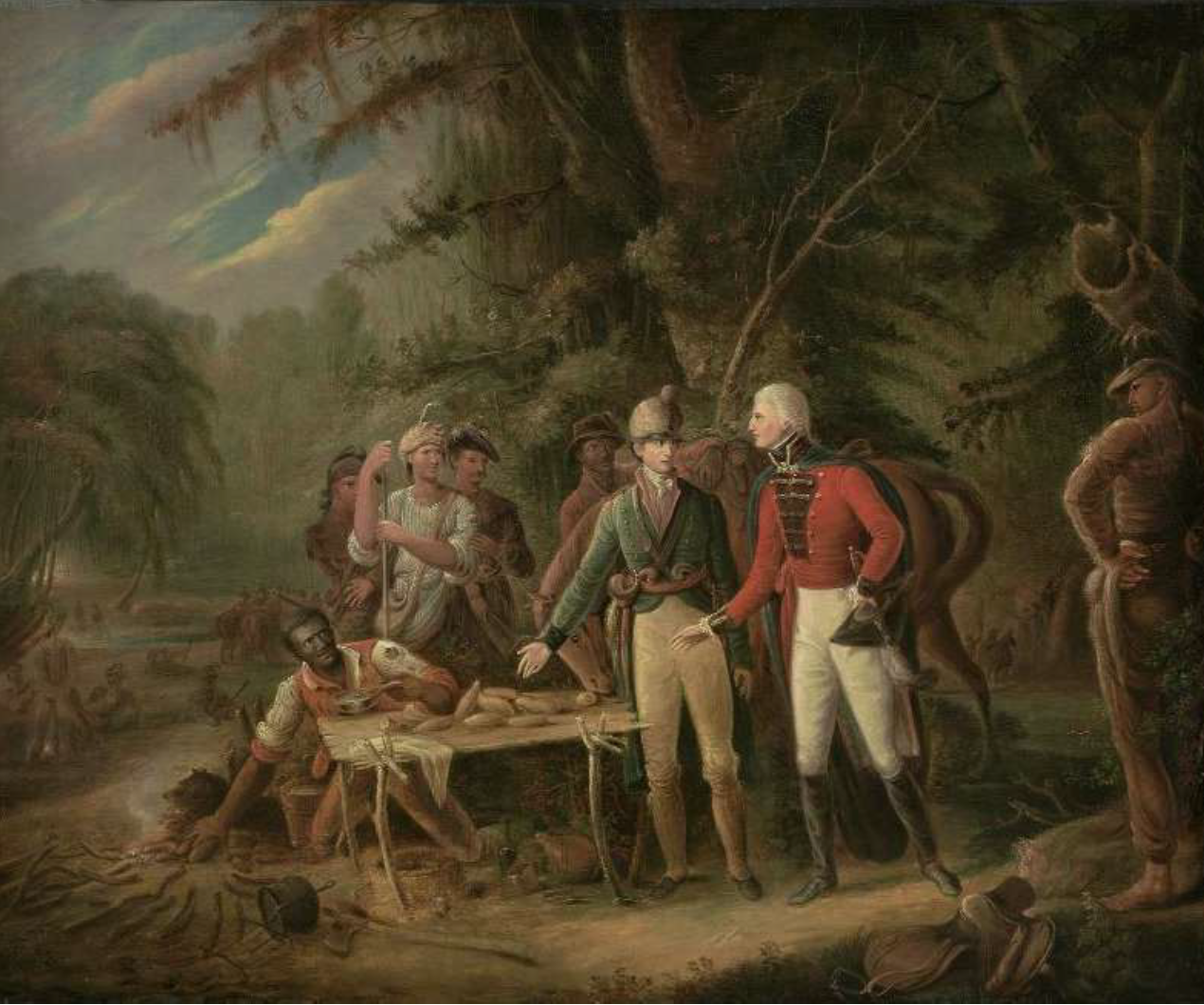Click to read full article – updated 8/20/23
Author: Charles Baxley
Tarleton Tightens the Noose Around Charlestown Neck: Biggin Bridge, April 14, 1780
Click to Access Full Article – updated 12/1/21
Incident at Fair Lawn Plantation
Click to access full article (pdf) – updated 9/7/21
Memoirs of Tarlton Brown
Avenue of the Cedars – Frasier vs. Marion
[pdf-embedder url=”http://www.southerncampaign.org/nas/content/live/scarjournal/wp-content/uploads/2019/02/Wadboo-Fraser-v-Marion-Avenue-of-the-Cedars-3.2.pdf”]






